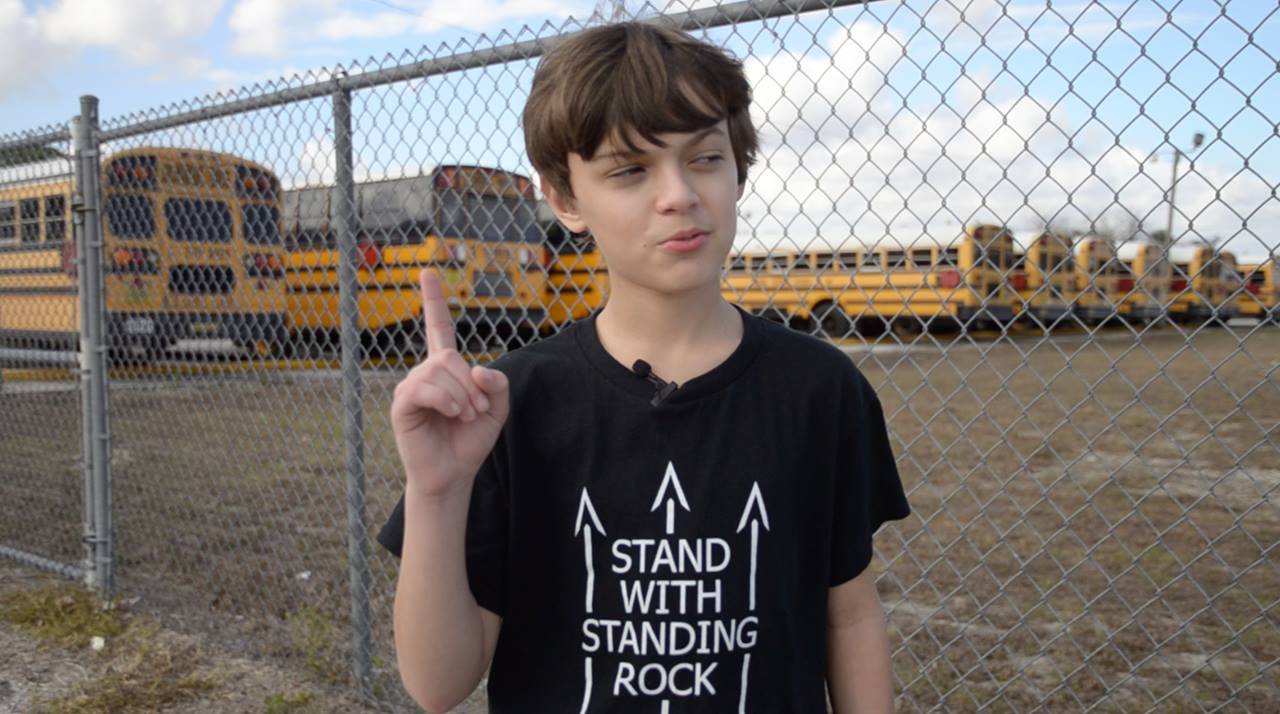Filed under: Action, Community Organizing, Development, Education, Environment, Southeast, Video

A student walk-out is an expression of power from a group of people that is expected to be subservient to educational institution.
In this case, the March 10th 10 a.m. Call to Action, it is being used to amplify a message of public safety and environmental protection.
The impacts of the oil and gas industry effect youth in many ways, from pipeline leaks and explosions next to their schools and their bus routes to the general increase of air and water pollution of power plants an compressor stations connected to the pipeline. The Environmental Impact Statement (EIS) for this pipeline project was supposed to assess these impacts, but it failed to do so adequately.
Students are told that there is nothing they can do about it. But when they tell their parents, teachers, administrators and school boards that they refuse to participate, they can increase pressure on the whole system. It is a form of direct action that can set wheels into motion and bring decision makers, like Senator Bill Nelson for example, out to use their positions of power.
How To Do It
Much of the power in a walk-out is in the conversations it starts before, during and after it happens. Talk about it!
- Spread the event page by ‘going’ and sending invitations
- Post and share pictures about it
- Hand out flyers (or take pictures of the flyer and send it around)
- At 10 a.m. March 10, tell your teacher you are sick (of the pipeline!) and need to go home… Or start your Spring Break a day early. Enjoy March 10 at your nearest swimming spring, while you still can! And post pictures about it.
March 10 is also a call to action in DC from Standing Rock and other indigenous nations. Details here.
![]()





